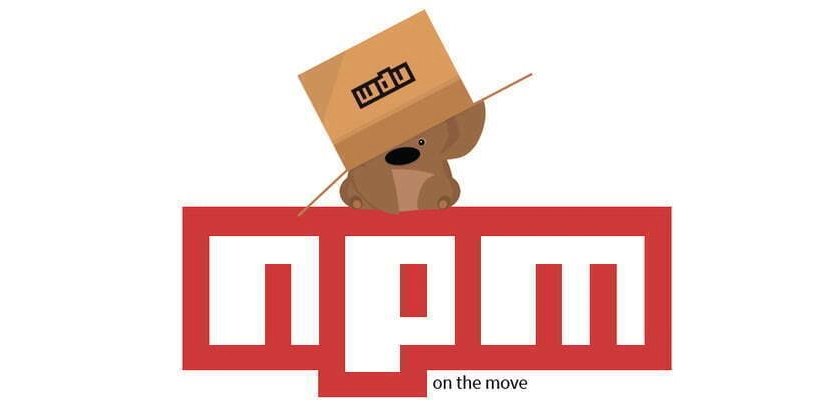How to Secure Php Applications in 2025?
In an ever-evolving digital landscape, securing PHP applications has become more critical than ever. As we move into 2025, developers must adopt modern security practices to ensure applications are protected against evolving threats. This article will explore some of the best strategies for securing PHP applications, ensuring your software remains robust against potential vulnerabilities. 1. Keep Your PHP Version Updated Regularly updating PHP to the latest version is one of the simplest yet most effective ways to secure your application. Each update includes fixes for security vulnerabilities discovered in previous versions. By staying up to date, you protect your application from known threats. 2. Use HTTPS Guaranteeing all data transmitted between your PHP application and clients is encrypted is crucial. Implement HTTPS by obtaining an SSL/TLS certificate for your website, ensuring data confidentiality and integrity during transit. 3. Sanitize and Validate User Input Never trust user input. Always sanitize and validate any data coming from users to prevent malicious code, such as SQL injection or XSS attacks. Use built-in PHP functions for validation and filtering to protect your application. 4. Implement Strong Authentication and Session Management Use strong authentication mechanisms, such as multi-factor authentication (MFA), to verify user identities. Ensure session management is robust by implementing best practices such as using secure cookies, setting session timeouts, and regenerating session IDs frequently to prevent session hijacking. 5. Secure Your Database Interactions Employ prepared statements and parameterized queries when interacting with databases to protect against SQL injection attacks. Additionally, ensure that database user privileges are restricted based on the principle of least privilege. 6. Regularly Perform Security Audits and Penetration Testing Conduct continuous security audits and penetration testing to identify vulnerabilities in your application. Automated security scanning tools can help spot common issues, but having periodic manual assessments by security professionals is also recommended. 7. Deploy Application Firewalls Web Application Firewalls (WAFs) filter and monitor HTTP traffic between a web application and the Internet. Implementing a WAF can help detect and block malicious traffic, providing an extra layer of security for your PHP application. 8. Stay Informed on 2025 Security Trends As the threat landscape changes, staying updated on the latest security trends and vulnerabilities is crucial. Regularly read security blogs, follow cybersecurity experts, and engage in community forums to stay informed. Related Resources Enhancing your knowledge on specific PHP tasks can further improve your application development process. Explore these resources for more PHP insights: Discover latex to pdf conversion using PHP to enhance document handling in your applications. Learn about CakePHP email sending for robust communication features. Find out how to ping a PHP page using C for network monitoring and testing. Understand how to update a whole document in MongoDB using PHP for efficient database management. By following these strategies for securing PHP applications in 2025, you can ensure that your software remains safe and reliable in the face of evolving cyber threats. This article is structured to be informative, actionable, and optimized for search engines while including links to related PHP resources that can enhance the understanding of developers interested in strengthening their PHP application security.

In an ever-evolving digital landscape, securing PHP applications has become more critical than ever. As we move into 2025, developers must adopt modern security practices to ensure applications are protected against evolving threats. This article will explore some of the best strategies for securing PHP applications, ensuring your software remains robust against potential vulnerabilities.
1. Keep Your PHP Version Updated
Regularly updating PHP to the latest version is one of the simplest yet most effective ways to secure your application. Each update includes fixes for security vulnerabilities discovered in previous versions. By staying up to date, you protect your application from known threats.
2. Use HTTPS
Guaranteeing all data transmitted between your PHP application and clients is encrypted is crucial. Implement HTTPS by obtaining an SSL/TLS certificate for your website, ensuring data confidentiality and integrity during transit.
3. Sanitize and Validate User Input
Never trust user input. Always sanitize and validate any data coming from users to prevent malicious code, such as SQL injection or XSS attacks. Use built-in PHP functions for validation and filtering to protect your application.
4. Implement Strong Authentication and Session Management
Use strong authentication mechanisms, such as multi-factor authentication (MFA), to verify user identities. Ensure session management is robust by implementing best practices such as using secure cookies, setting session timeouts, and regenerating session IDs frequently to prevent session hijacking.
5. Secure Your Database Interactions
Employ prepared statements and parameterized queries when interacting with databases to protect against SQL injection attacks. Additionally, ensure that database user privileges are restricted based on the principle of least privilege.
6. Regularly Perform Security Audits and Penetration Testing
Conduct continuous security audits and penetration testing to identify vulnerabilities in your application. Automated security scanning tools can help spot common issues, but having periodic manual assessments by security professionals is also recommended.
7. Deploy Application Firewalls
Web Application Firewalls (WAFs) filter and monitor HTTP traffic between a web application and the Internet. Implementing a WAF can help detect and block malicious traffic, providing an extra layer of security for your PHP application.
8. Stay Informed on 2025 Security Trends
As the threat landscape changes, staying updated on the latest security trends and vulnerabilities is crucial. Regularly read security blogs, follow cybersecurity experts, and engage in community forums to stay informed.
Related Resources
Enhancing your knowledge on specific PHP tasks can further improve your application development process. Explore these resources for more PHP insights:
- Discover latex to pdf conversion using PHP to enhance document handling in your applications.
- Learn about CakePHP email sending for robust communication features.
- Find out how to ping a PHP page using C for network monitoring and testing.
- Understand how to update a whole document in MongoDB using PHP for efficient database management.
By following these strategies for securing PHP applications in 2025, you can ensure that your software remains safe and reliable in the face of evolving cyber threats.
This article is structured to be informative, actionable, and optimized for search engines while including links to related PHP resources that can enhance the understanding of developers interested in strengthening their PHP application security.












































































































































































![[The AI Show Episode 142]: ChatGPT’s New Image Generator, Studio Ghibli Craze and Backlash, Gemini 2.5, OpenAI Academy, 4o Updates, Vibe Marketing & xAI Acquires X](https://www.marketingaiinstitute.com/hubfs/ep%20142%20cover.png)



























































































































![[DEALS] The Premium Learn to Code Certification Bundle (97% off) & Other Deals Up To 98% Off – Offers End Soon!](https://www.javacodegeeks.com/wp-content/uploads/2012/12/jcg-logo.jpg)


![From drop-out to software architect with Jason Lengstorf [Podcast #167]](https://cdn.hashnode.com/res/hashnode/image/upload/v1743796461357/f3d19cd7-e6f5-4d7c-8bfc-eb974bc8da68.png?#)









































































































.png?#)

































_Christophe_Coat_Alamy.jpg?#)
 (1).webp?#)




































































































![iPhone 17 Pro Won't Feature Two-Toned Back [Gurman]](https://www.iclarified.com/images/news/96944/96944/96944-640.jpg)
![Tariffs Threaten Apple's $999 iPhone Price Point in the U.S. [Gurman]](https://www.iclarified.com/images/news/96943/96943/96943-640.jpg)





































































































































